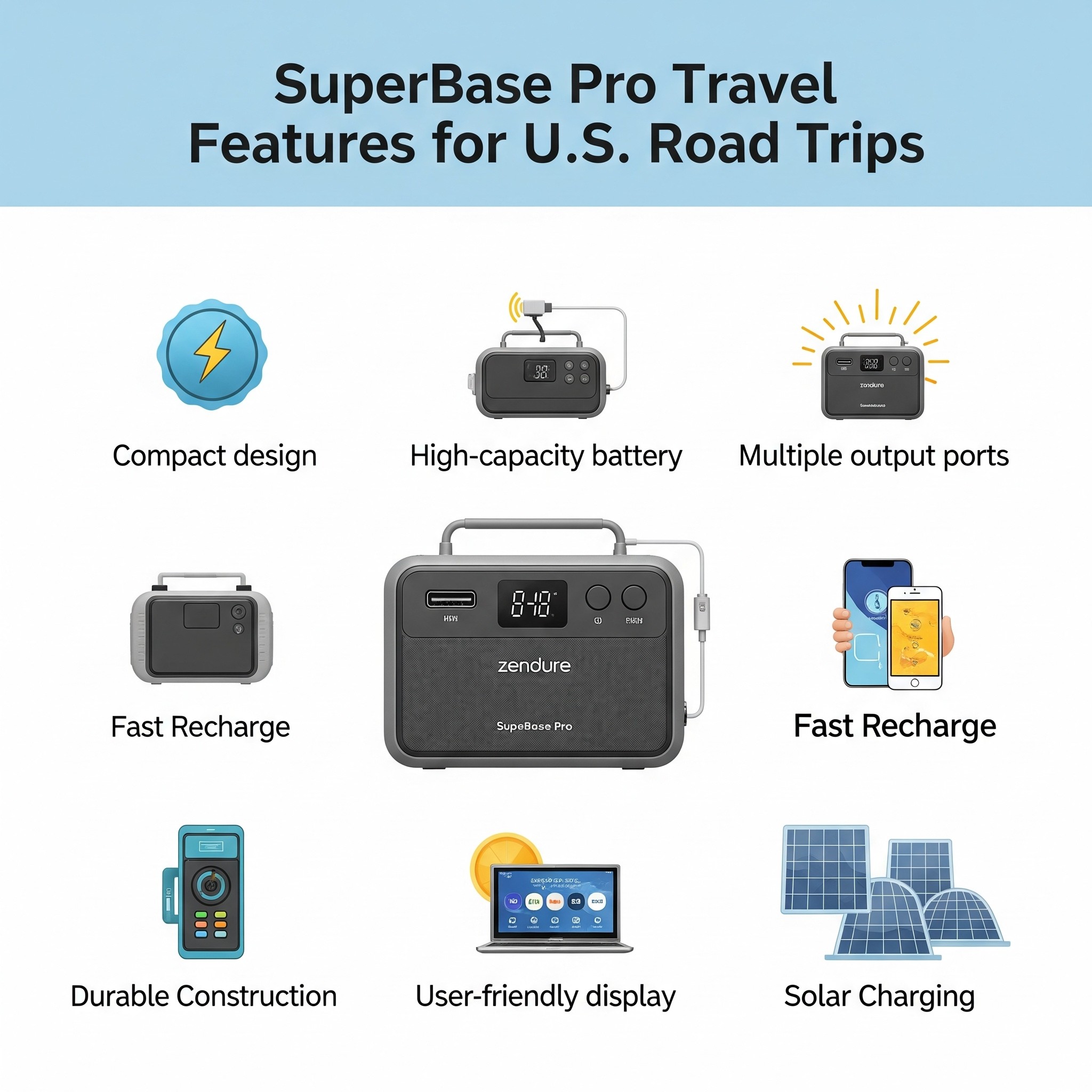In today’s highly competitive product landscape, failure is not an option. Whether you’re developing electronics, industrial systems, medical equipment, or aerospace technology, ensuring your product performs consistently over time is essential. That’s where reliability testing plays a critical role.
At its core, reliability testing is the process of verifying that a product, system, or component will perform its intended function over a specified period, under certain conditions, without failure. In other words, it helps manufacturers answer a crucial question: “How long will my product last in the real world?”
Let’s explore what reliability testing involves, why it’s important, common testing methods, and how experts like Relteck help companies improve performance and reduce failures across various industries.
What Is Reliability Testing?
Reliability testing evaluates how a product behaves under normal and extreme conditions over time. It determines whether the product can operate consistently without failing. These tests simulate real-world environments such as temperature shifts, vibrations, humidity, or electrical stress—to reveal weaknesses in design, materials, or assembly.
The end goal is to improve product quality, durability, and customer satisfaction by minimizing unexpected breakdowns.
Why Is Reliability Testing Important?
Reliability testing is essential for multiple reasons:
1. Customer Satisfaction
Reliable products lead to fewer failures, reduced returns, and higher customer trust. In markets where performance and longevity are valued, a reputation for reliability builds loyalty.
2. Reduced Warranty and Repair Costs
By detecting potential failures early, manufacturers can make adjustments before mass production. This reduces warranty claims, service costs, and potential recalls.
3. Regulatory Compliance
Many industries require compliance with strict reliability standards (e.g., MIL-STD, JEDEC, or Telcordia). Reliability testing ensures your product meets these criteria.
4. Improved Product Design
Early-stage testing helps designers and engineers understand weaknesses in materials, construction, or layout, resulting in more robust and dependable products.
5. Market Advantage
Reliable products outperform competitors. Customers are more likely to choose brands known for performance and durability.
Key Types of Reliability Testing
Reliability testing can take many forms depending on the product, usage environment, and industry standards. Here are some of the most common types:
1. Environmental Stress Testing
This test simulates harsh environmental conditions—such as heat, cold, humidity, vibration, and dust—to evaluate the product’s durability.
-
Example: A PCB exposed to temperature extremes to assess solder joint strength.
-
Used In: Aerospace, automotive, industrial electronics.
2. HALT (Highly Accelerated Life Testing)
HALT stresses a product beyond its limits to reveal design weaknesses or manufacturing defects. It focuses on finding failures quickly rather than estimating lifespan.
-
Goal: Discover failure modes under combined extreme stresses.
-
Not for: Determining exact lifespan, but helpful in design improvement.
3. HASS (Highly Accelerated Stress Screening)
HASS is used in production environments to catch defects and early-life failures before the product is shipped.
-
When used: After HALT has defined safe stress limits.
-
Benefit: Reduces field failures and enhances quality assurance.
4. Life Data Analysis (Weibull Analysis)
This statistical method uses failure data to estimate product reliability and predict failure rates.
-
Key metric: MTBF (Mean Time Between Failures).
-
Purpose: Helps in lifecycle predictions and warranty planning.
5. Temperature-Humidity Bias Testing
This test stresses products under high humidity and electrical load to simulate corrosion or insulation breakdown.
-
Common for: Semiconductors, connectors, sensors, and PCBs.
6. Vibration and Shock Testing
These tests simulate shipping, transportation, or operational vibrations to identify mechanical failure points.
-
Used by: Aerospace, automotive, defense, and industrial equipment manufacturers.
Common Metrics in Reliability Testing
When discussing reliability, certain metrics are used to quantify performance:
-
MTBF (Mean Time Between Failures): Average time between one failure and the next. Commonly used for repairable systems.
-
MTTF (Mean Time To Failure): Used for non-repairable systems, showing average operational time until a failure.
-
Failure Rate (λ): Frequency of failure over time.
-
Reliability (R): Probability that a system performs without failure for a given time.
At Relteck, we use tools and models like MIL-HDBK-217F and Telcordia SR-332 to help predict and interpret these reliability metrics.
Reliability Testing vs. Quality Testing
While closely related, reliability testing and quality testing serve different purposes:
| Quality Testing | Reliability Testing |
|---|---|
| Checks if product meets specifications | Assesses how long the product lasts |
| Done during or after manufacturing | Done throughout development and production |
| Focuses on functionality | Focuses on durability and failure behavior |
Reliability testing gives long-term confidence. Quality testing ensures the product works at the time of inspection.
When Should You Perform Reliability Testing?
Reliability testing is not a one-time activity. It can be applied throughout the product lifecycle:
-
Design Phase: Identify design flaws early.
-
Prototype Testing: Test new concepts and evaluate improvements.
-
Pre-Production: Validate design and materials under stress.
-
Production: Screen defects with HASS or ongoing life tests.
-
Field Monitoring: Gather real-world data to refine future designs.
Relteck supports every phase of testing, from prototype validation to long-term performance analysis.
Standards for Reliability Testing
Various international standards guide reliability testing protocols. Some of the most widely used include:
-
MIL-STD-810: U.S. military standard for environmental testing.
-
IEC 60068: International standard for environmental testing of electrical equipment.
-
JEDEC JESD22: Standards for semiconductor reliability testing.
-
Telcordia SR-332: Widely used for telecom hardware MTBF prediction.
-
ISO 9001/ISO 26262: Quality and safety management standards relevant to reliability.
Meeting these standards enhances your credibility with customers and regulatory bodies.
Industries That Depend on Reliability Testing
Virtually every sector benefits from reliability testing. Key industries include:
-
Aerospace & Defense: Safety-critical systems where failure is not an option.
-
Medical Devices: Ensuring life-saving devices work under all conditions.
-
Automotive: Electronics and mechanical systems must perform under extreme usage.
-
Telecom: Equipment must ensure continuous uptime.
-
Consumer Electronics: High performance and longevity reduce returns and build trust.
Relteck’s Role in Reliability Testing
At Relteck, we specialize in comprehensive reliability testing services tailored to your product and industry needs. Our engineers bring decades of experience and use advanced testing tools to simulate real-world operating environments.
Our reliability testing services include:
-
HALT and HASS implementation
-
Environmental simulation (thermal, vibration, humidity)
-
MTBF and MTTF calculations
-
Failure mode and root cause analysis
-
Conformance to MIL, Telcordia, and IEC standards
With Relteck as your testing partner, you can be confident that your product is built to last.
Final Thoughts
Reliability testing is no longer a luxury it’s a necessity. As product complexity increases and customer expectations rise, it’s essential to ensure your product can withstand the test of time and real-world conditions. Proper reliability testing reduces risk, enhances brand reputation, and boosts customer confidence.
Whether you are in the early design stage or need production-level screening, Relteck is here to help. Our expertise in testing, analysis, and compliance ensures your product is not only functional but truly reliable.



